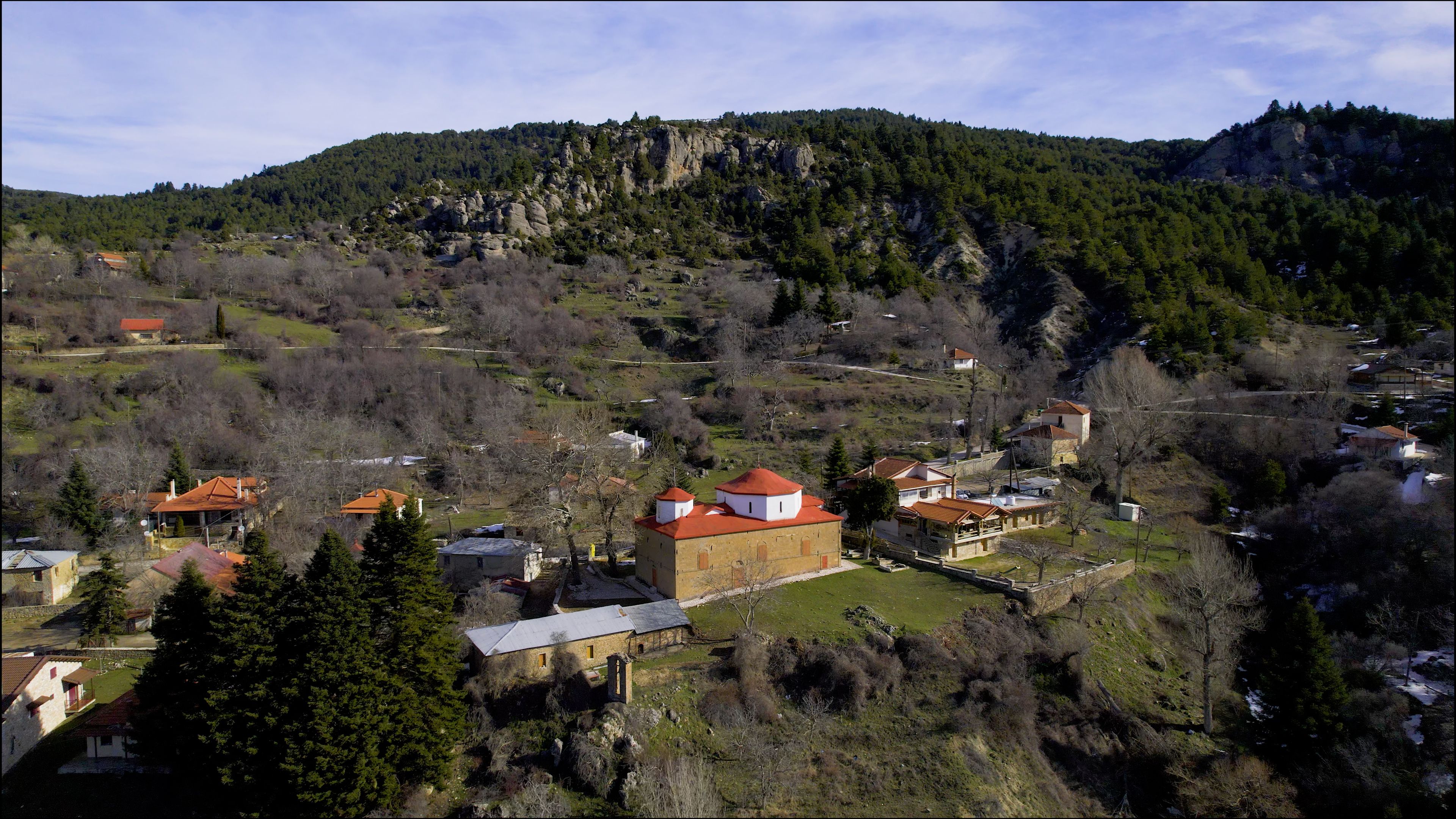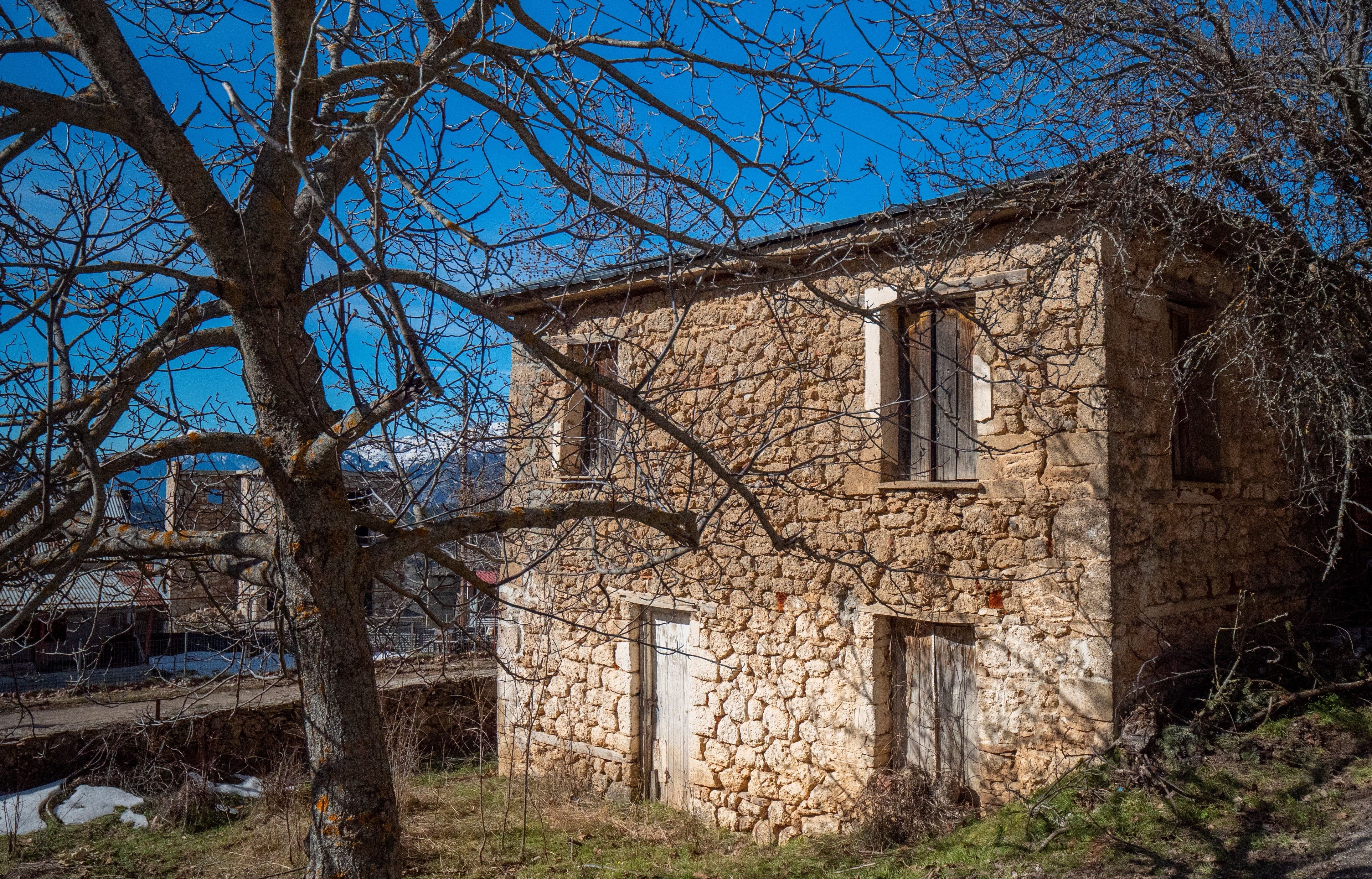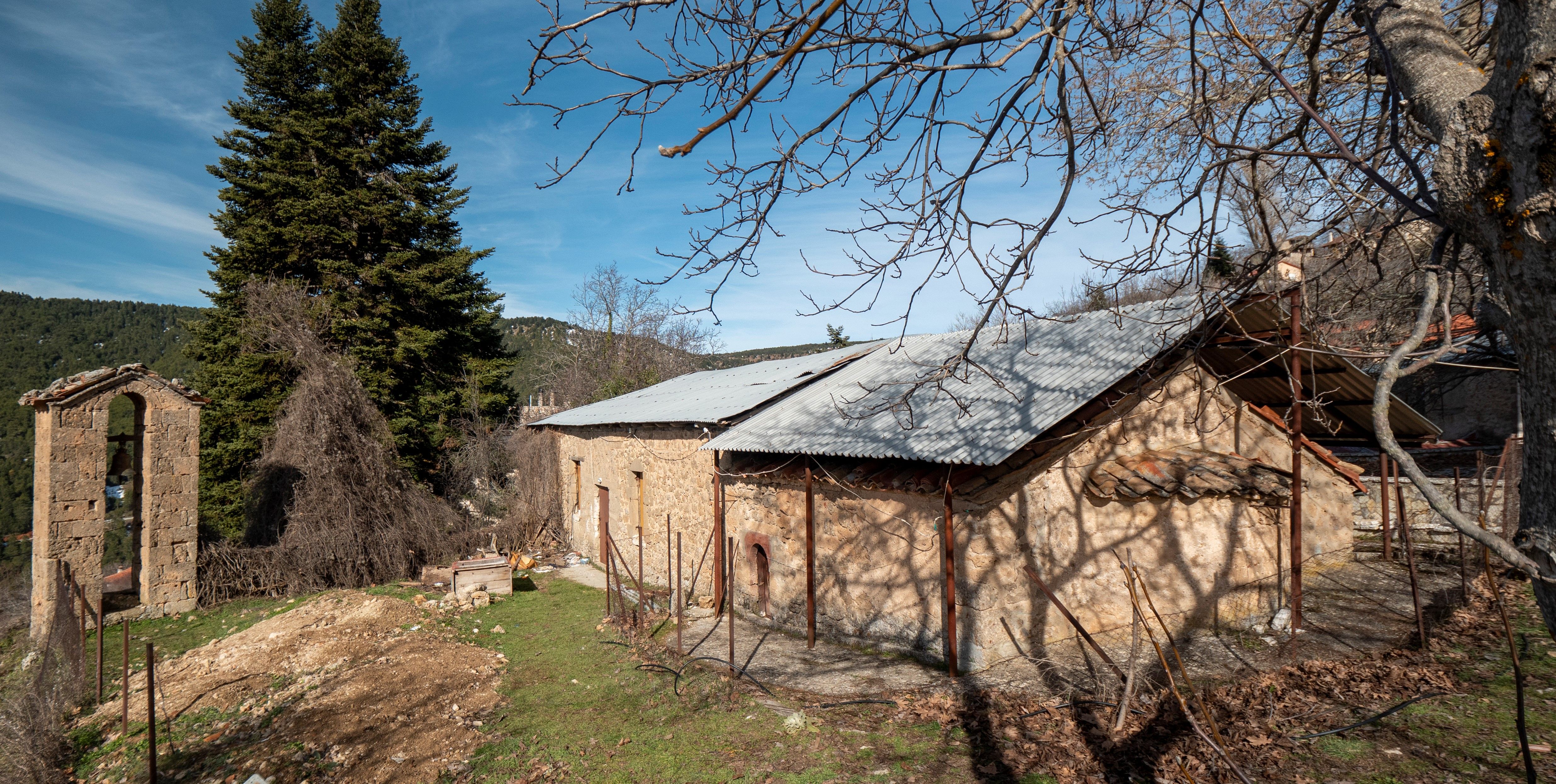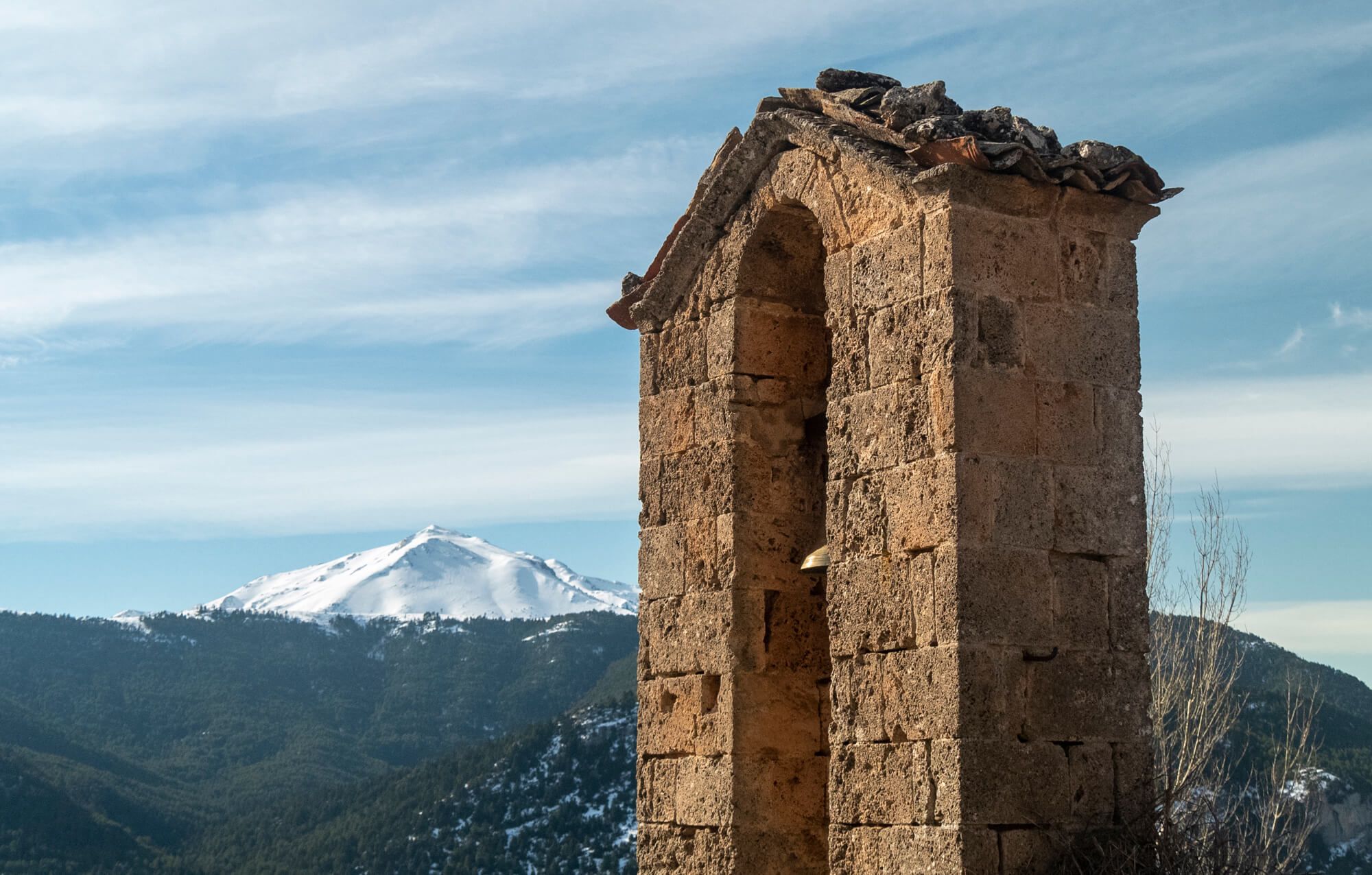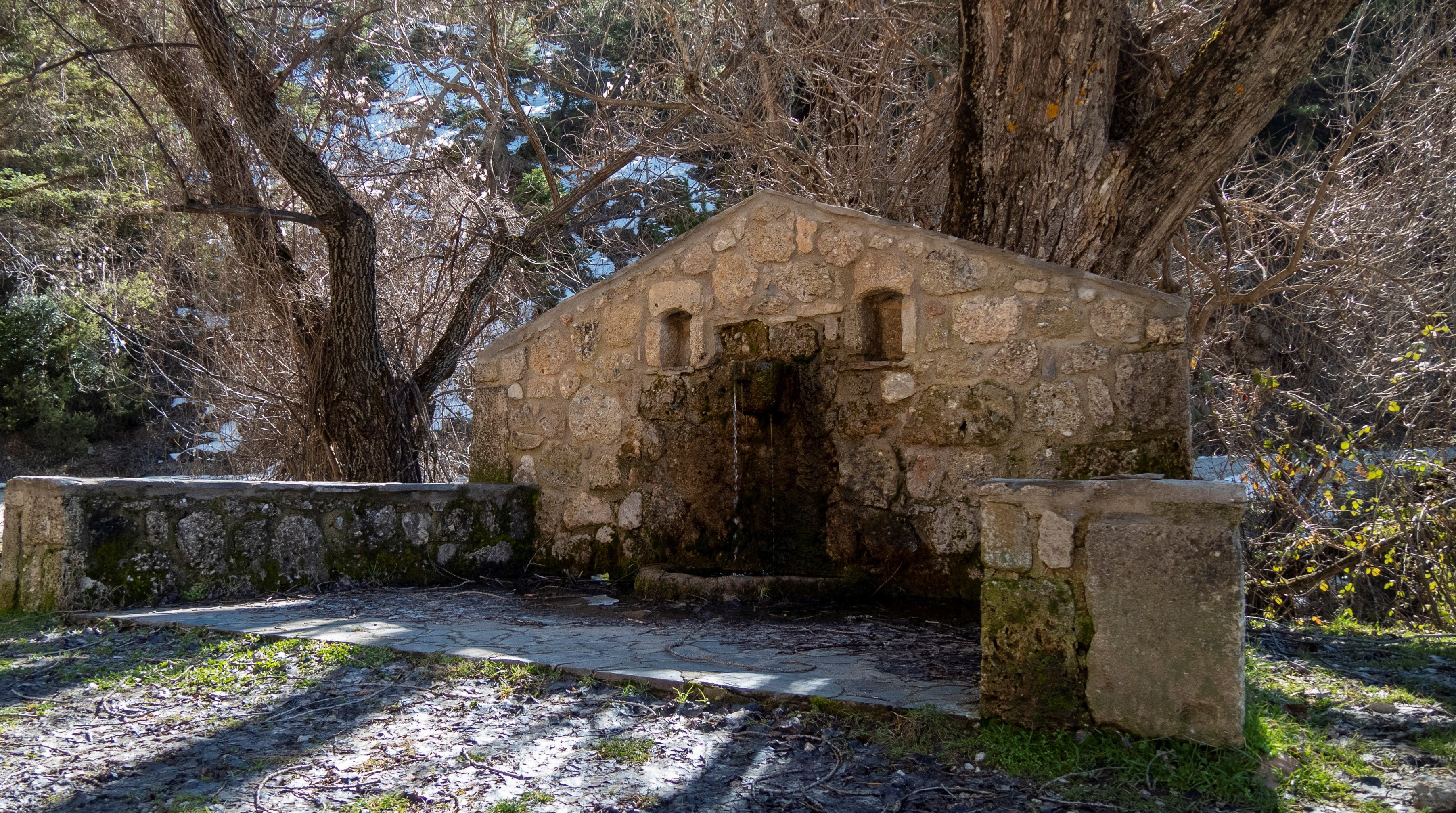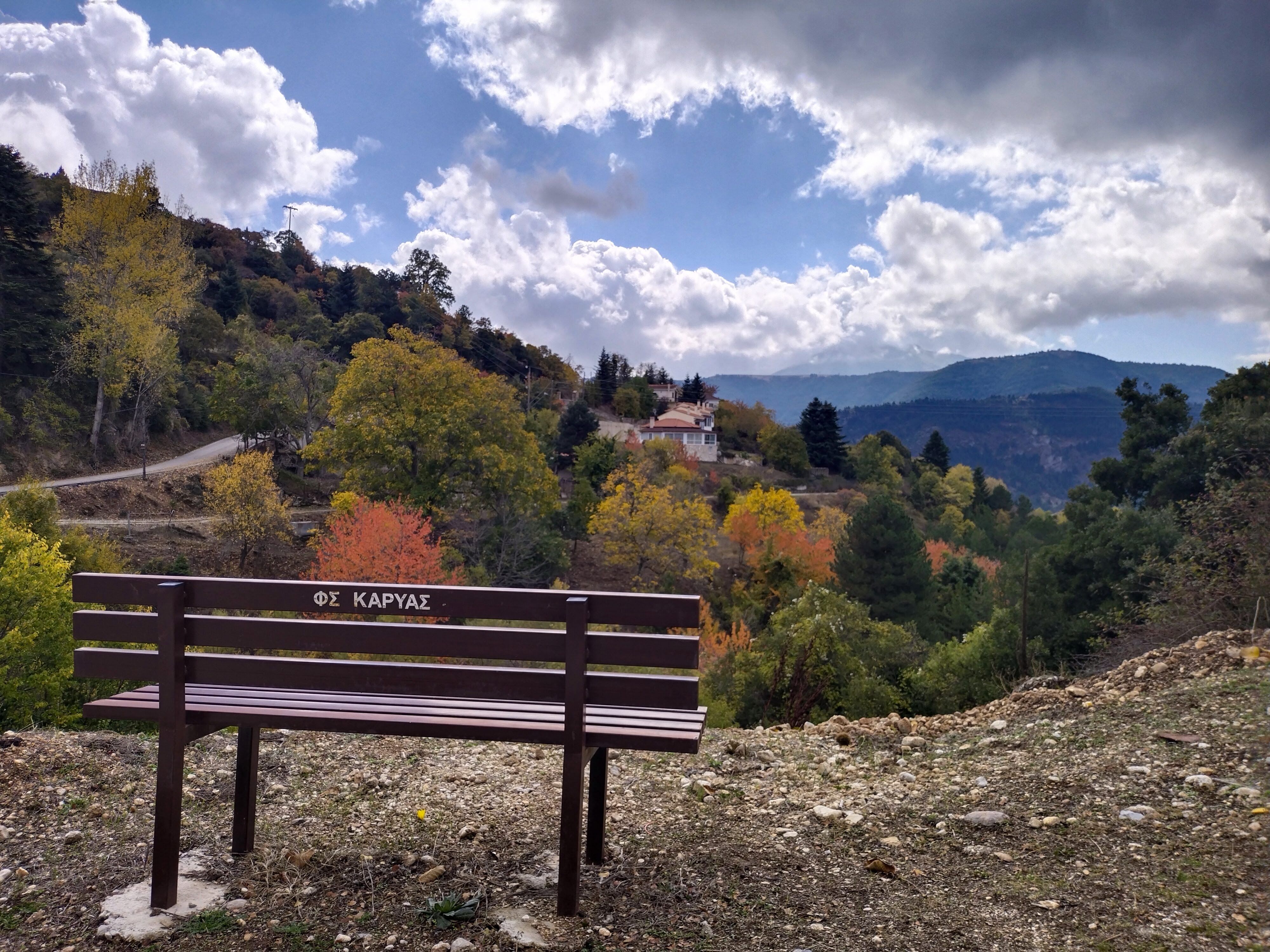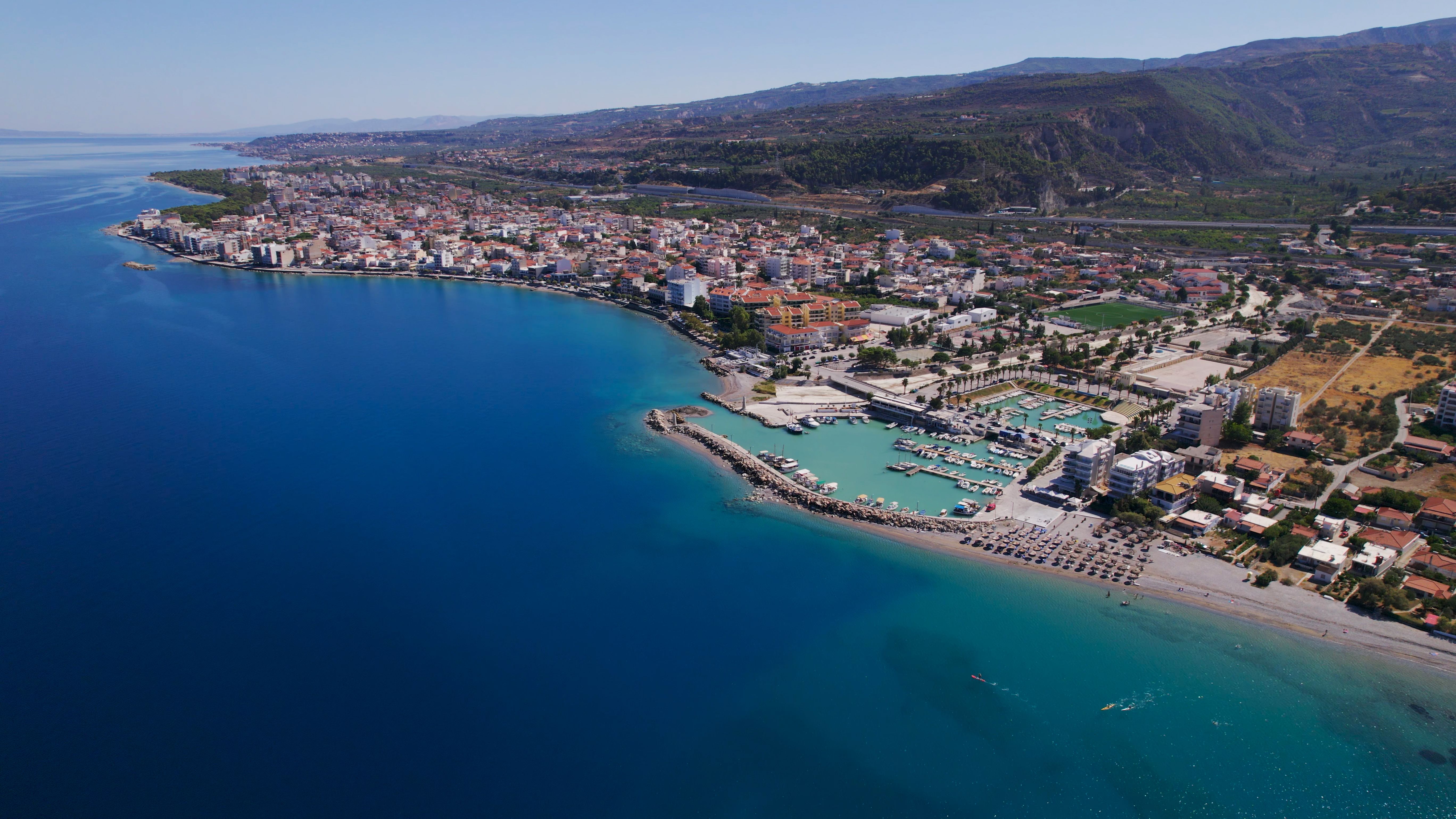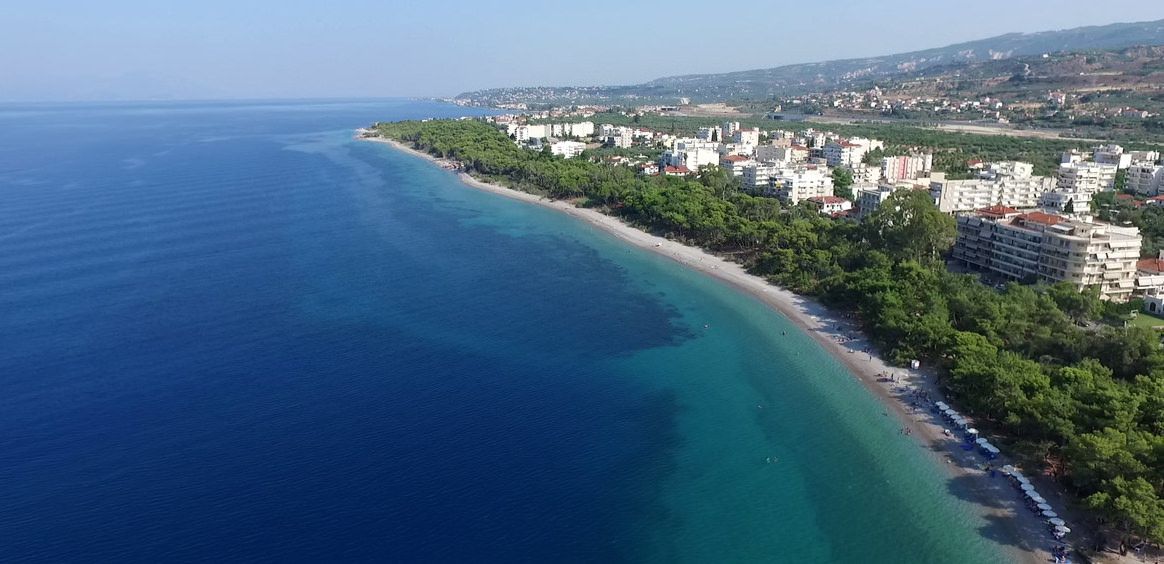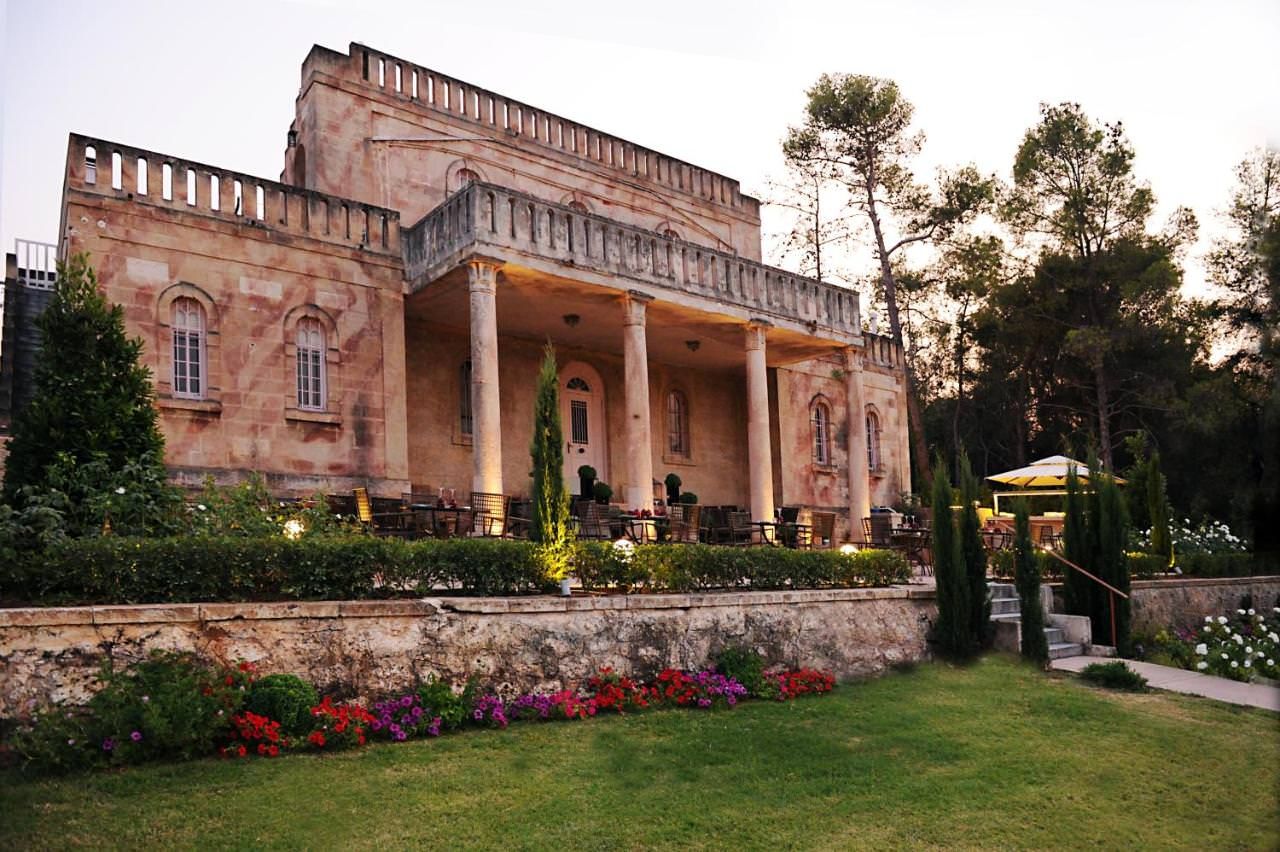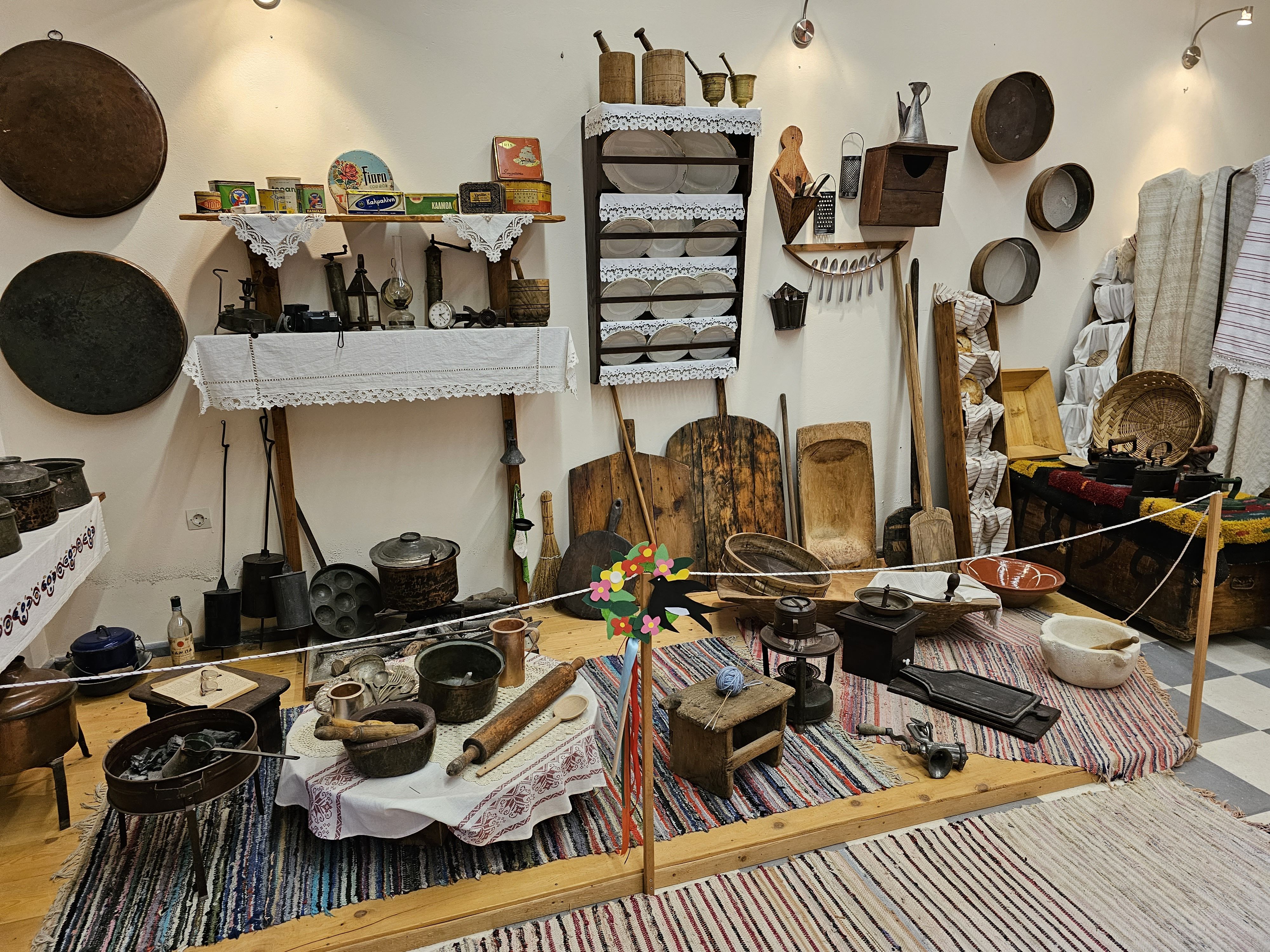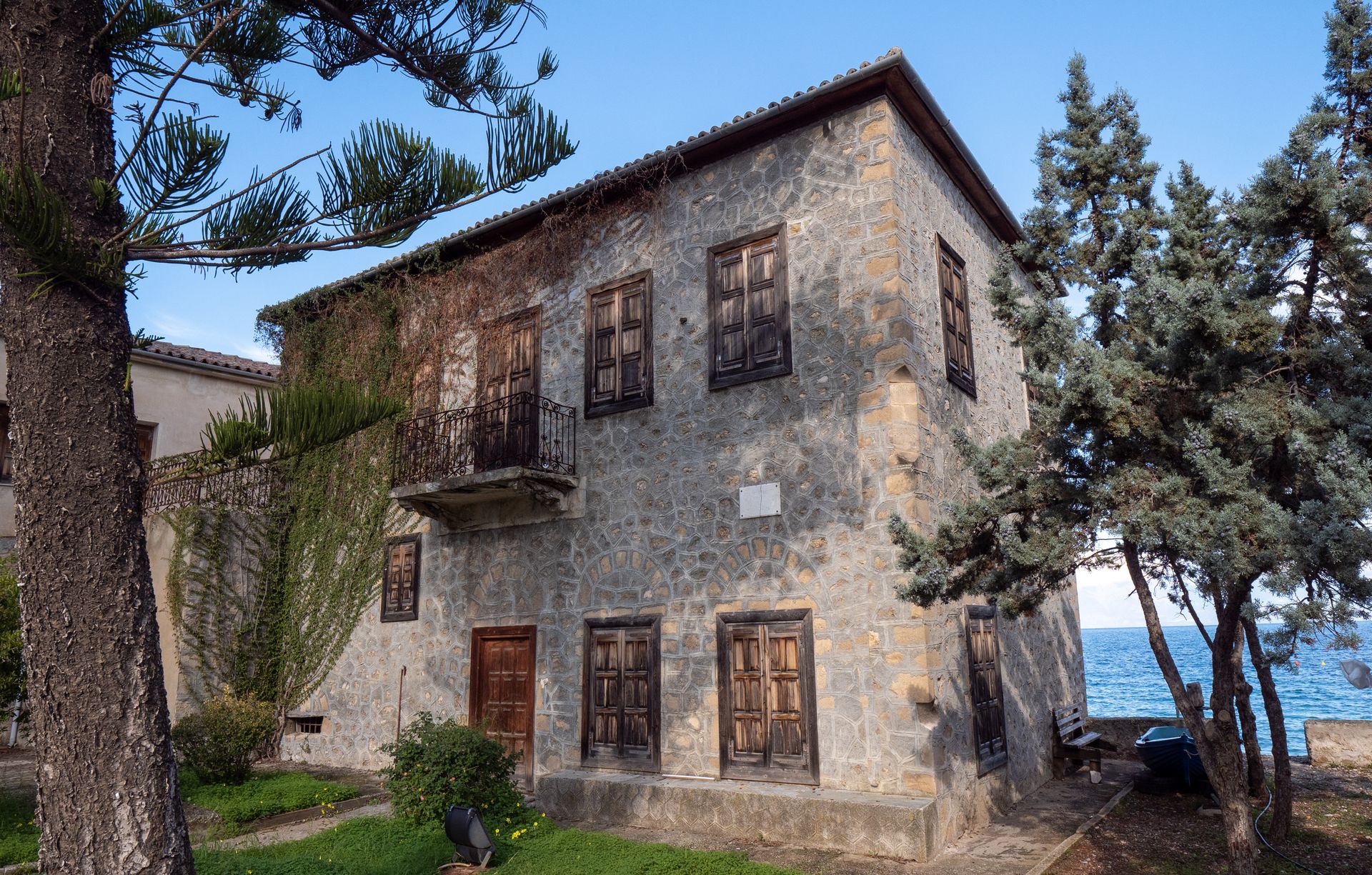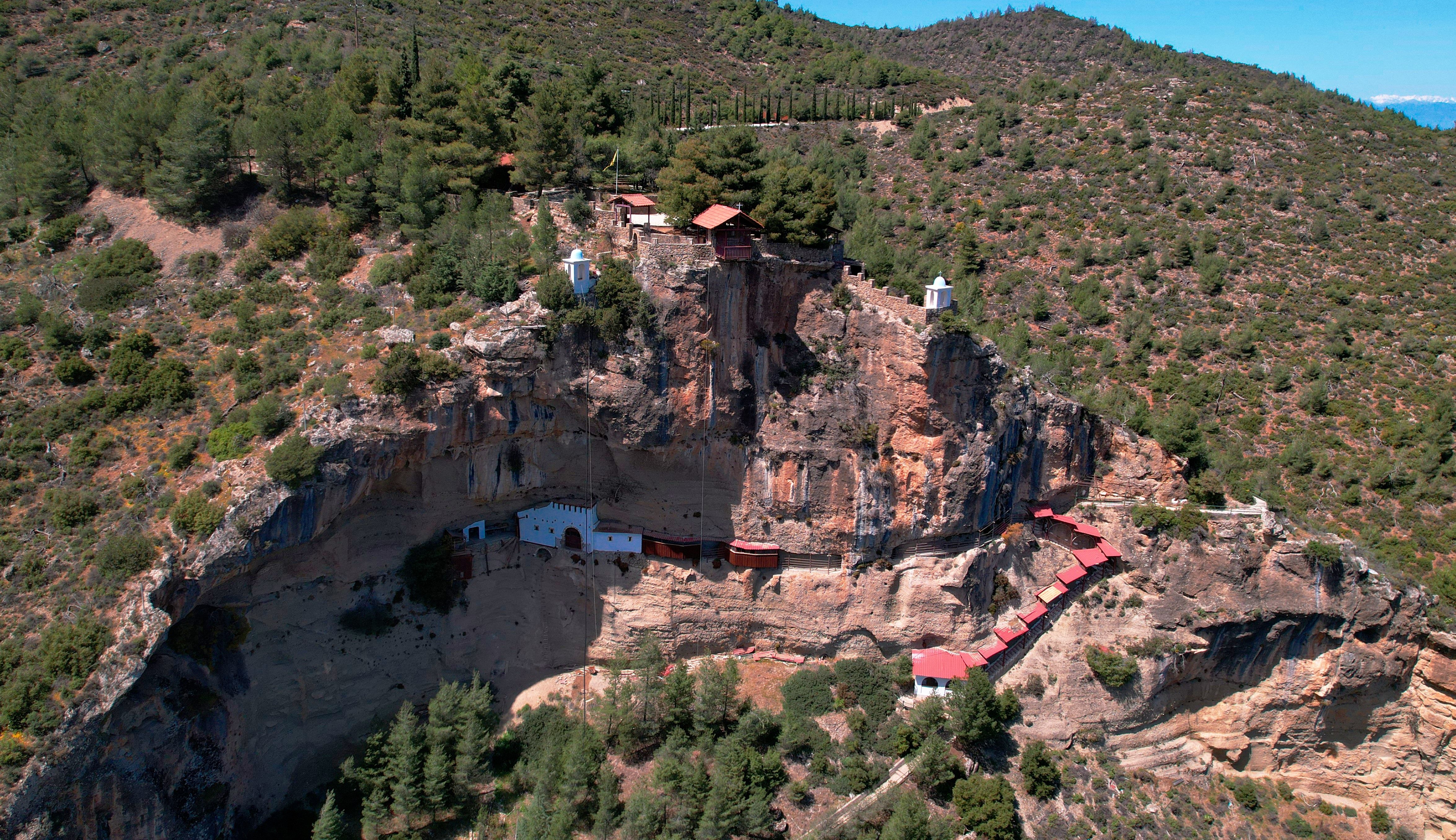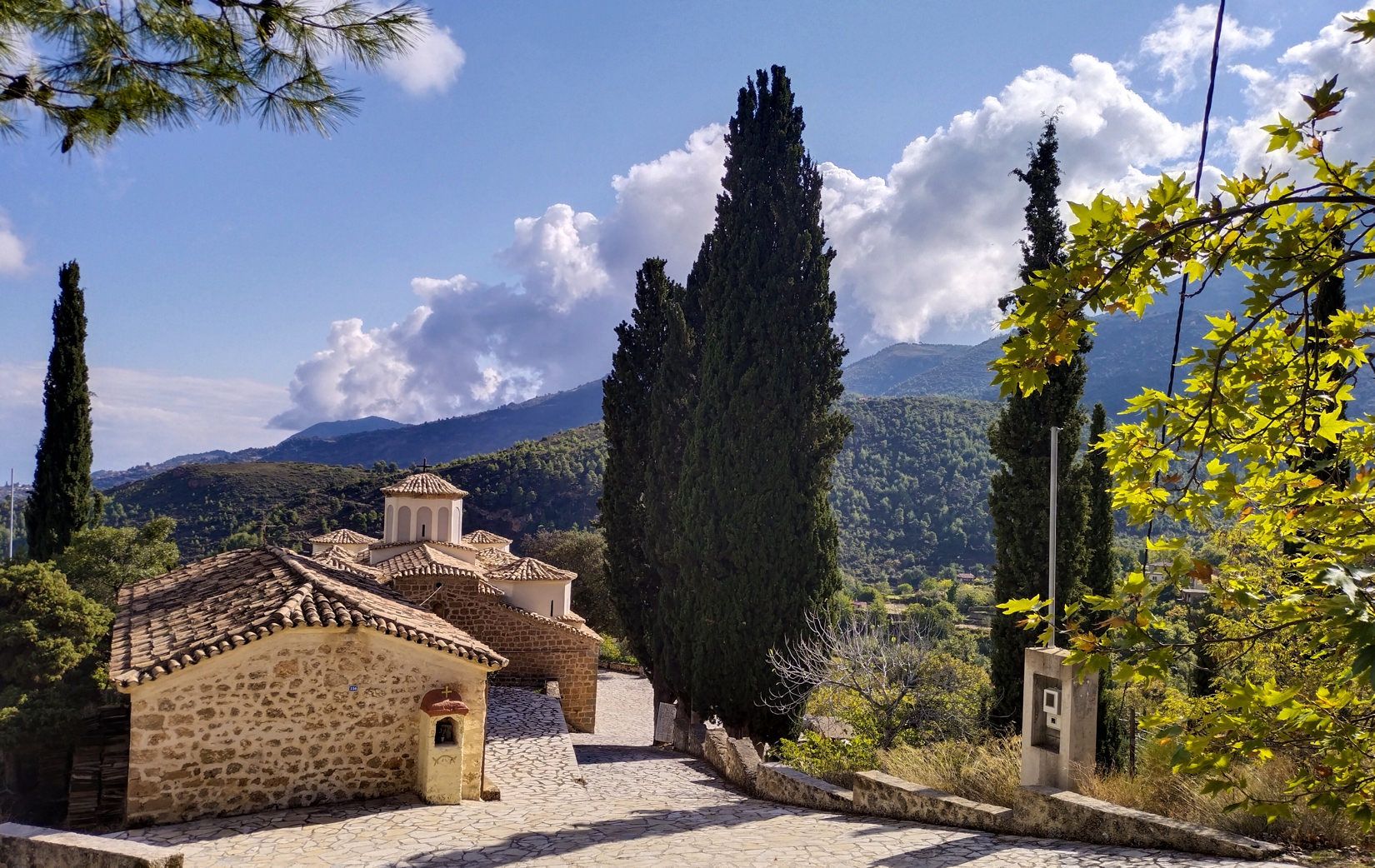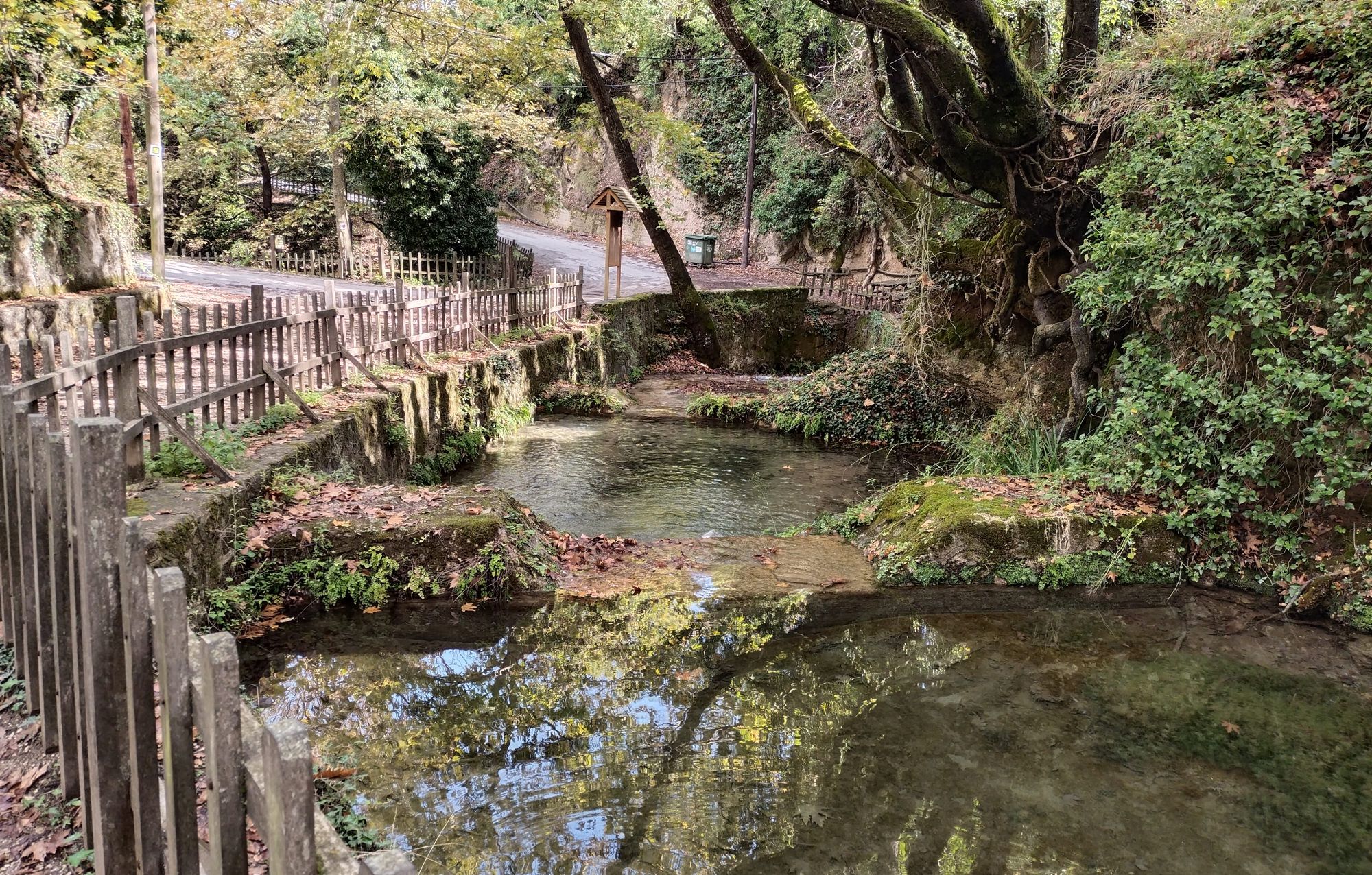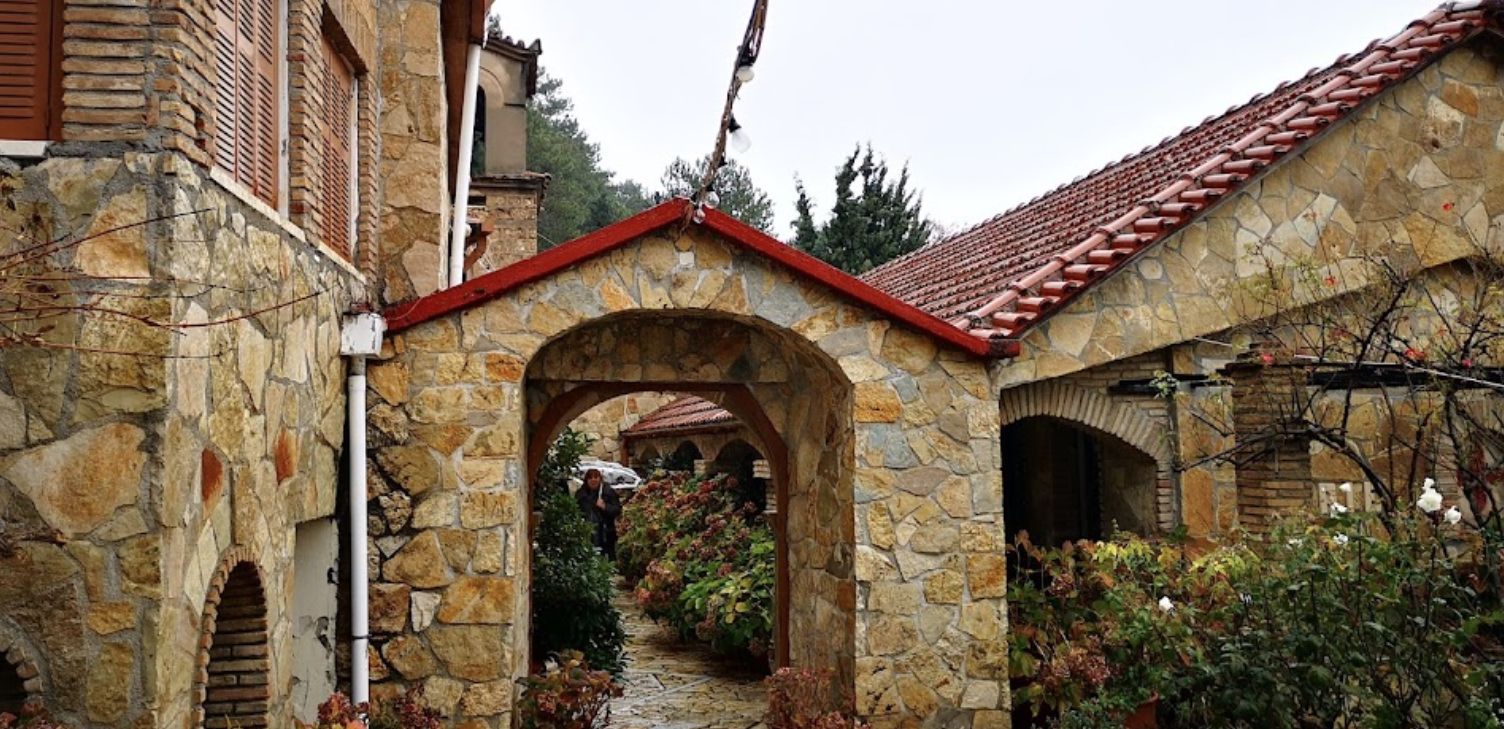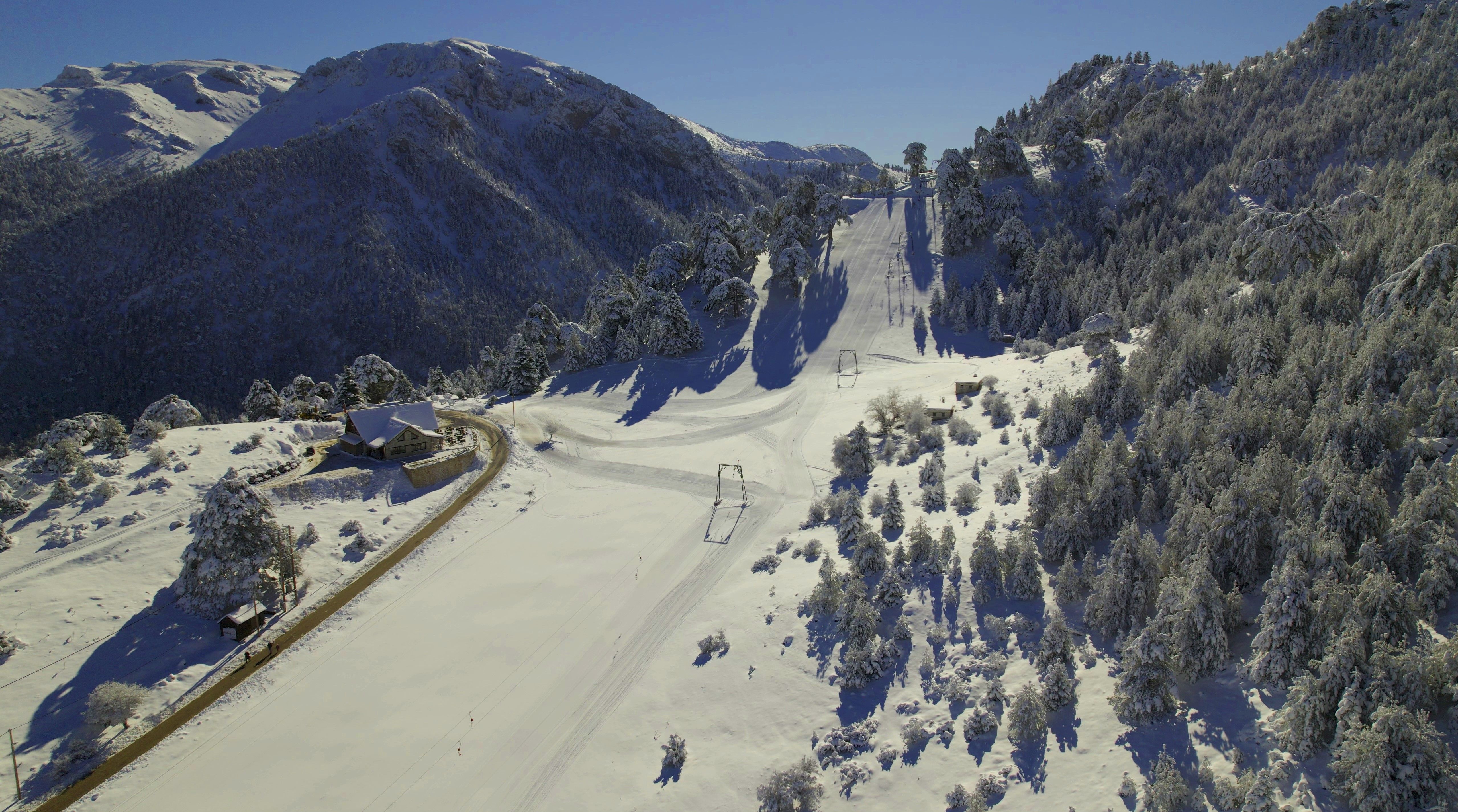Karya
Karya, located 6 kilometers west of Trikala at an altitude of 1,300 meters, is the second highest village in the Peloponnese. Accessible via an excellent road network, it attracts nature enthusiasts, mountain sports enthusiasts, and visitors from all over Greece. The village serves as a "base" for those who want to explore Trikala of Corinthia, Evrostina and other stunning spots of the Municipality.
It is only about two hours away from Athens and one and a half hours from Patras, and it is a popular destination for nature adventures (mostly hiking).
It has two guesthouses and traditional taverns serving local products loved by both locals and visitors. Here, one can admire the wild landscape up close and become one with nature, all while enjoying the great hospitality the locals are offering.
Getting to know Karya – Some historical information
Karya's history dates back thousands of years, mentioned by Greek historian Pausanias in 162 AD. Venetians brought Vlachs to Karya in 1684, and their presence can still be seen in residents' two-syllable surnames.
The "Chapel of Death” (Ekklisaki tu Charu, as they call it in Greek)
One attraction of Karya village is the "Chapel of Death," an ancient monument dating back to the 13th century. The chapel was unfortunately damaged when part of it was converted into a school, but its sanctuary and main church remain in good condition. The name "Death" came from a girls' school built next to the chapel in 1900, where misbehaving children were punished by being locked up inside. The chapel was also used as a detention center and place of torture during World War II, causing significant damage to the building.
*** 2. The Assumption of Theotokos (Theotokos is one more name for Holy Mary – literally, “Theotokos” means in Greek the one who breeds God –-> Theos = God / tikto = give birth in ancient Greek)
In addition to the Chapel of Death, Karya boasts other significant religious sites. The Assumption of Theotokos, the central church of Karya, was built in 1849 through contributions from the villagers, who carried the stones with their animals from another village of the area, known as Lagkadeika or Gellini. People that lived in the area were obliged to contribute to the construction of the church. However, rumors has it that the financial demands were so high that some inhabitants had to emigrate, as they could not afford it.







